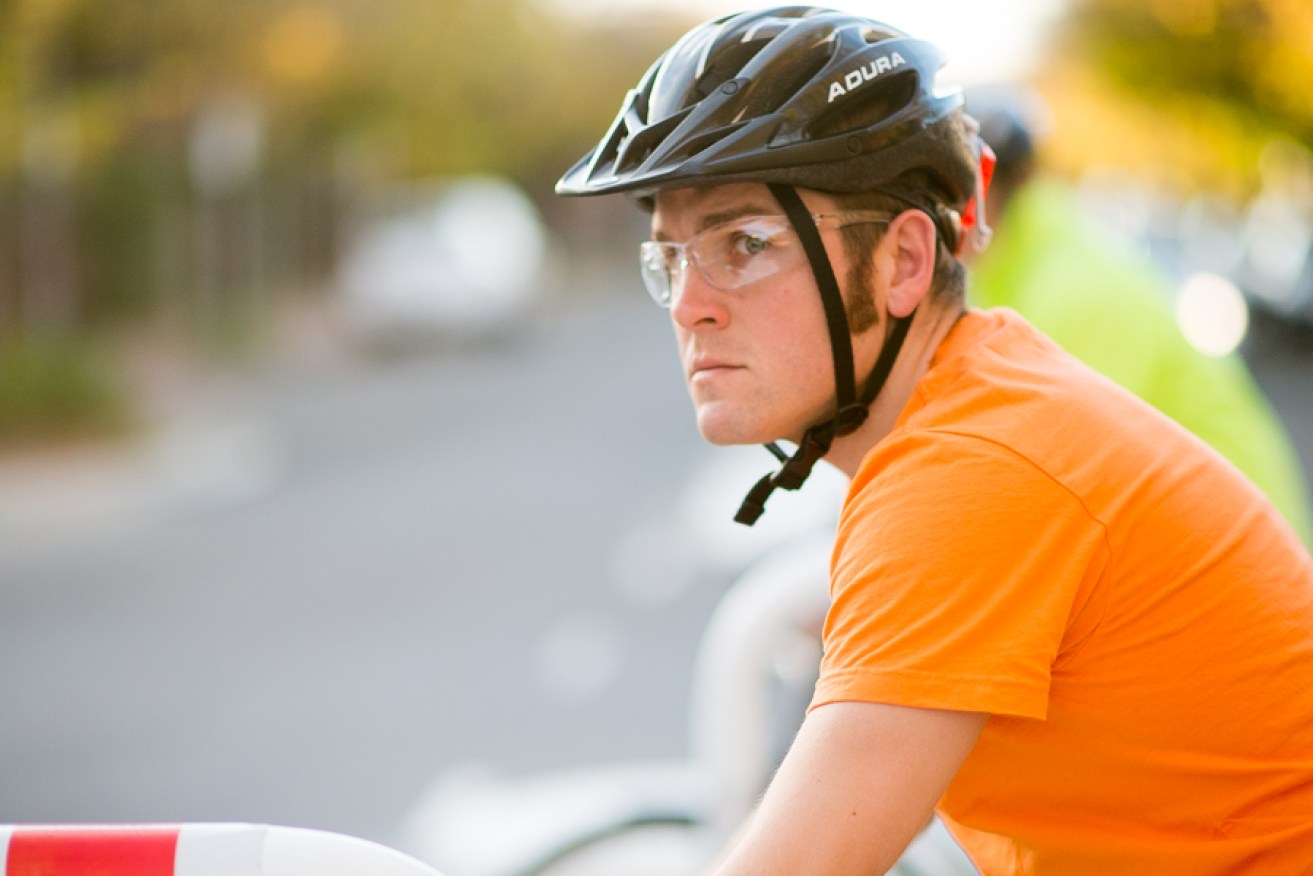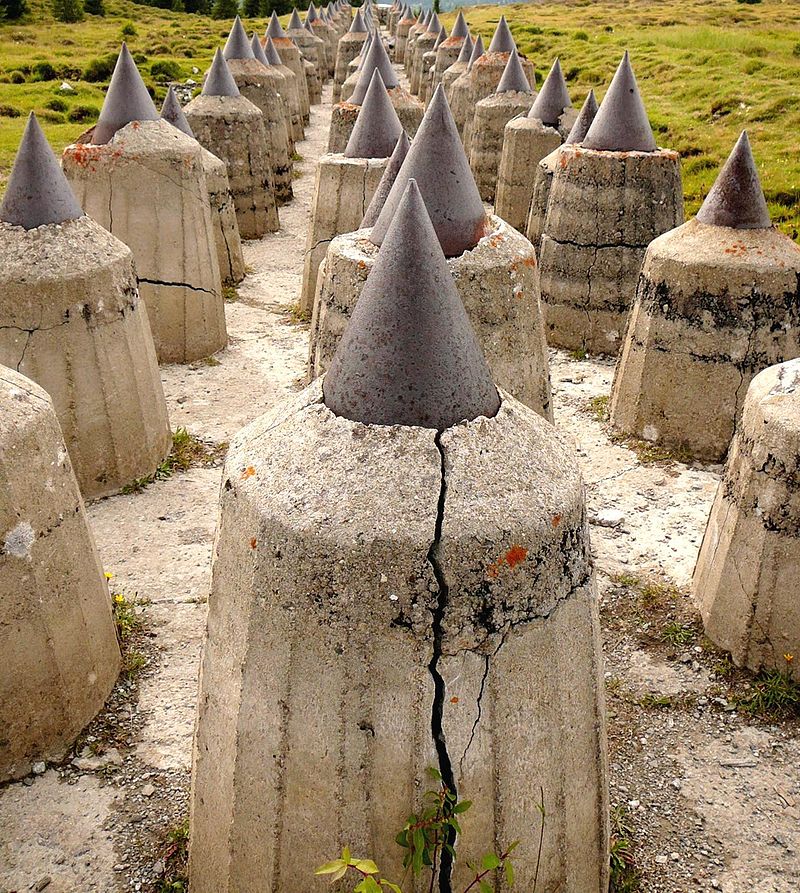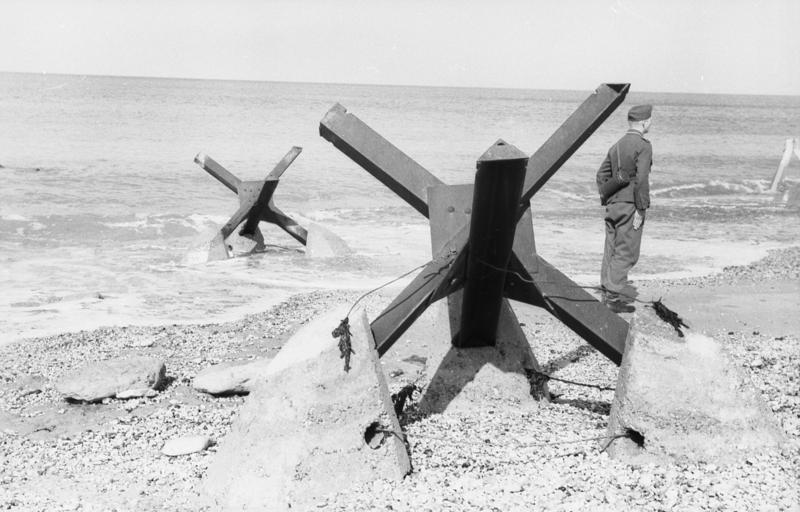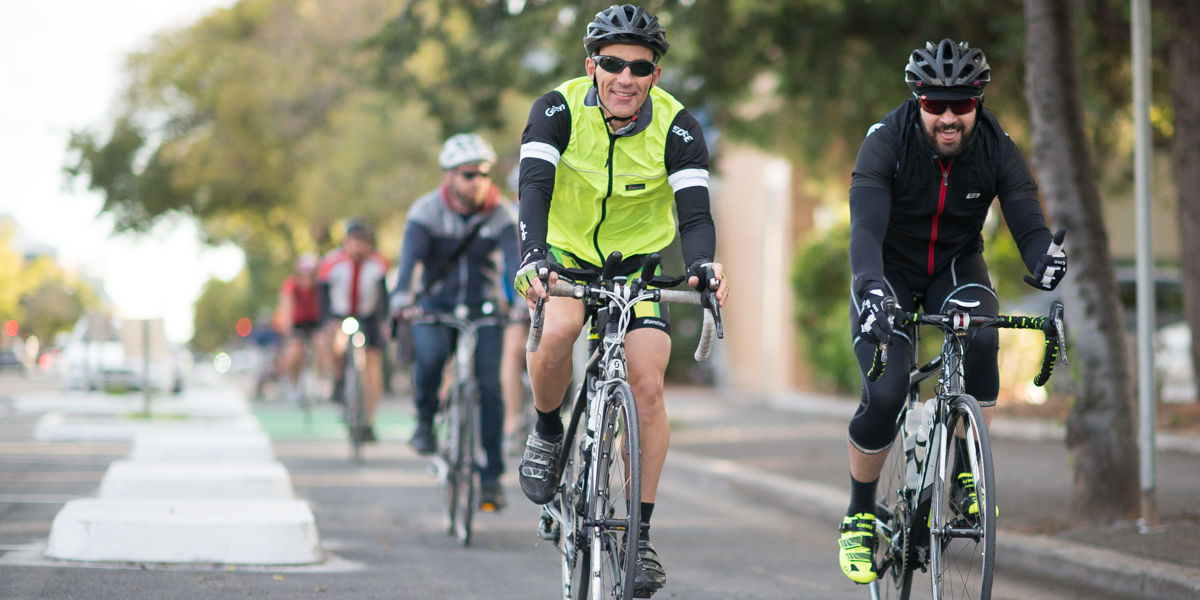Fact check: Has Frome St bikeway been a “massive failure”?
Frome Street bikeway has been a political disaster for the Adelaide City Council – but what does the evidence say about the bikeway itself?


A cyclist rides along the newly opened bikeway in May 2014. Photo: Nat Rogers / InDaily.
Last week, city councillors declared the $1.6 million Frome Street bikeway had been a “massive failure” and a waste of ratepayers’ money, removing any lingering doubt about the council’s intention to demolish it.
It was catharsis for the council, which after years of vitriolic debate had come to something like a consensus – the bikeway had failed, and it needed to be “fixed” (read: dismantled and replaced).
While all councillors have been at pains to emphasise their support for cycling infrastructure generally, they are no-longer willing to tolerate the protected bike lane and the connected parking lane – framed by cement curbs – occupying one former driving lane on each side of the road.
And thanks to a $12 million funding deal with the State Government, the council now has the means to replace the current, incomplete bikeway with something decent for cyclists that extends all the way to the Torrens, and something more acceptable to some ratepayers and some city users.
(While the State Government will co-fund the construction of the new bikeway, InDaily understands it has no intention to help get rid of the existing one – that’s the council’s problem.)
But before jackhammer meets cement, and despite the politics, it must be acknowledged that the bulk of available empirical evidence and expert opinion shows Frome Street bikeway to have been an overwhelmingly successful piece of public infrastructure.
This is clear primarily because an independent expert report, commissioned by the council the day before the official opening of the bikeway, made public in 2015, demonstrated myriad merits of the bikeway using empirical data, and comprehensively answered the many of the claims against the bikeway that persist today.
There is no evidence for a “bottleneck” on Frome Street
The most prominent rationale offered for dismantling the current bikeway (the separated bike lane and the parking lane, from Carrington St to Pirie St) is that the removal of a driving lane from both sides of Frome Street has created a “bottleneck” for traffic.
Transport Minister Stephen Mullighan has described the bikeway as “hostile” to motorists.
But the report, prepared by design research practise Studio Huss and CDM Research, found no evidence to support this idea.
“Travel delay along Frome Street are constrained by the intersections, not by mid-block capacity,” the report says.
Traffic demands on Frome Street are “generally well below what would be considered capacity for single lane urban roads, except in the northernmost block” and demand varies significantly, “from just over 6,000 vehicles per day in the section south of Angas Street to around 12,000 vehicles per day north of Flinders Street”.
In other words, if you’ve been delayed driving along Frome Street, it’s probably because of a red traffic light.
“If there is [a bottleneck] effect of the bikeway on travel times – and we reiterate that we can detect no effect – then it will almost certainly be in the northern sections,” the report continues.
There was less traffic, not more, after the bikeway
At the time that the report was published, traffic along Frome Street had reduced by about 20 per cent since the installation of the bikeway.
That number comes from data from SCATS – the system that manages traffic movement and traffic signals in South Australia, using sensors in the road.
And it appeared traffic was “disappearing”, not being diverted elsewhere.
Automatic tube counters placed on adjacent roads – Pulteney Street and Hutt Street – showed traffic on those roads had also reduced, by between two and four per cent, since the installation of the bikeway.
The findings were also supported by anecdotal evidence: “none of the survey respondents nor focus group participants reported any increase in traffic on adjacent routes or taking alternative routes to avoid Frome Street”.
The authors suggest that switching from a car to a different form of transport, and taking a different route altogether, played minor roles in this phenomenon. Mostly, they argue, former Frome Street users were “suppressing” trips – residents or visitors were choosing to make fewer car trips, or combining what would otherwise have been several trips into one.
It’s doing what it was designed to do
If the central motivation for building Frome Street bikeway was to attract cyclists, and make them feel safe on the road, it has worked.
A cyclist count taken on a Tuesday in May 2010 found 324 riders had used Frome Street over a day.
Another count taken on a Tuesday in May 2013 observed 648 riders over a day.
After the bikeway was opened, several counts showed that, on average, 808 bicycle riders rode along it on non-holiday Tuesdays.
And more than 70 per cent of those who had previously cycled Frome Street said they were using the route more often since the bikeway’s installation.
Importantly, more older people, women, children and plain-clothes workers were using Frome Street: a broader section of the community felt safe cycling.
Parking is not a problem on Frome Street
The parking lane on Frome Street has 71 parking spaces, down from 104 before the bikeway was installed.
But, the report notes: “at no time before or after the construction of the bikeway was all on-street parking fully occupied in any of the four blocks, with parking occupancy well below 80% for most of the day at all locations”.
“[And] the parking occupancy surveys indicate that the supply of parking is sufficient across all sections of the bikeway along Frome Street”.
Business ratepayer feedback has been mixed
Councillor Anne Moran told last week’s meeting that businesses along Frome Street “hate” the bikeway.
Their views concerning the bikeway may well have changed since the report was published, but at the time: “The majority of local traders indicated that the bikeway has had little impact on property values, customers and sales over the last 12 months”.
Four out of the nine traders surveyed in 2015 neither supported nor opposed the bikeway. Four traders opposed it and one supported it.
Most commercial property owners said they were strongly opposed to the bikeway.
However, no property owners reported any decline in the value of their property, and “several of the commercial property agents interviewed noted that the bikeway has had no impact on property values along Frome Street, rather any changes over the last 12 months have been a factor of normal market conditions”.
Surveys of residents showed that most believed the bikeway had not reduced the attractiveness of the street.
There were safety issues, which were being fixed
The Adelaide City Council is part-way through making $90,000-worth of minor safety improvements to the bikeway, identified by the report.
These include extending the green cycling strip through intersections, so drivers turning left don’t run into cyclists, and making the angle of the cement planter box curbs less severe.
It is unclear whether the rest of this money will be spent on improving infrastructure which will, sometime next year, be demolished anyway.
“Tank traps” is a bit much
One problem with the bikeway, acknowledged in the report, is that motorists sometimes misjudge the boundary of the concrete curbs that divide the parking lane, while turning left at intersections.
“While not representing a safety hazard, this does present the risk of damage to vehicles and ongoing maintenance for ACC of the curbs and islands,” the report says.
South Ward councillor Alex Antic and councillor Moran have regularly referred to the curbs as “tank traps”.
This is a tank trap – “dragon’s teeth” – along the Alpine Wall in northern Italy:

Image: Wikipedia.
This is another tank trap – a “Czech hedgehog” – deployed in Germany during World War II:

Image: Wikipedia.
These are the “tank traps” on Frome Street (bottom left):

Image: Nat Rogers / InDaily.
If money has been wasted, more waste is coming
If Frome Street bikeway is to be dismantled, a whole lot of ratepayer can be said to have been “wasted”.
The bikeway cost $1.6 million to build, the evaluation cost $89,000 to commission, the minor safety improvements would cost $90,000 (if completed) and, perhaps most wasteful of all, hundreds, probably thousands of hours have been spent by council employees designing, evaluating and redesigning Frome Street bikeway.
The second part of the report (which you can read here, from page 94) evaluated the costs and benefits of returning an off-peak driving lane to each side of Frome Street.
It estimated the cost of doing so at just under $350,000.
The report concludes that, because an off-peak parking lane will not address travel delays at intersections, and there was no evidence reducing two driving lanes to one had caused congestion, “we can see no traffic benefit in the proposed alternative design”.
Central ward councillor Megan Hender told last week’s meeting, however, that she hoped the redesigned bikeway would act as a “template” for an “Adelaide bikeway” that could be rolled out not only in the city, but beyond.
Early this year, the council published designs for an extension of Frome Street bikeway, to North Terrace, estimated to cost $50,000 or $200,000, depending on the design chosen.
Bike SA, the RAA, residents groups, inner city councils, business representatives and the State Government will be invited to the summit to discuss design principles for the north-south (Frome Street and Frome Road) and east-west separated city bikeways at a Town Hall summit next month.




